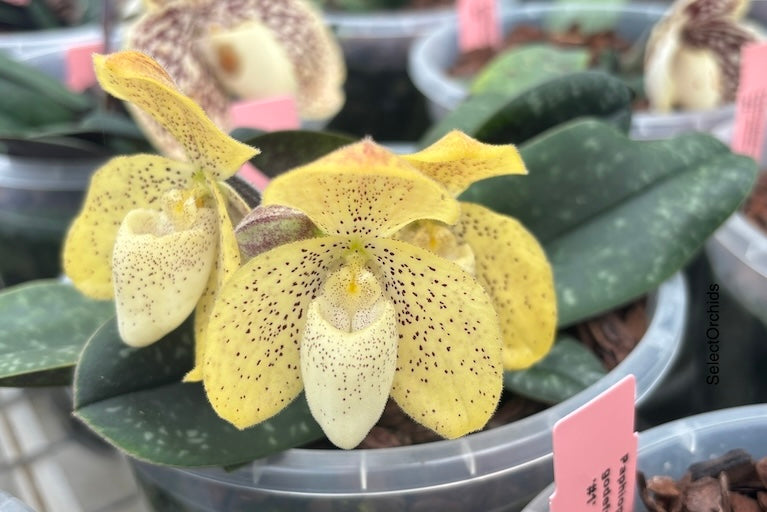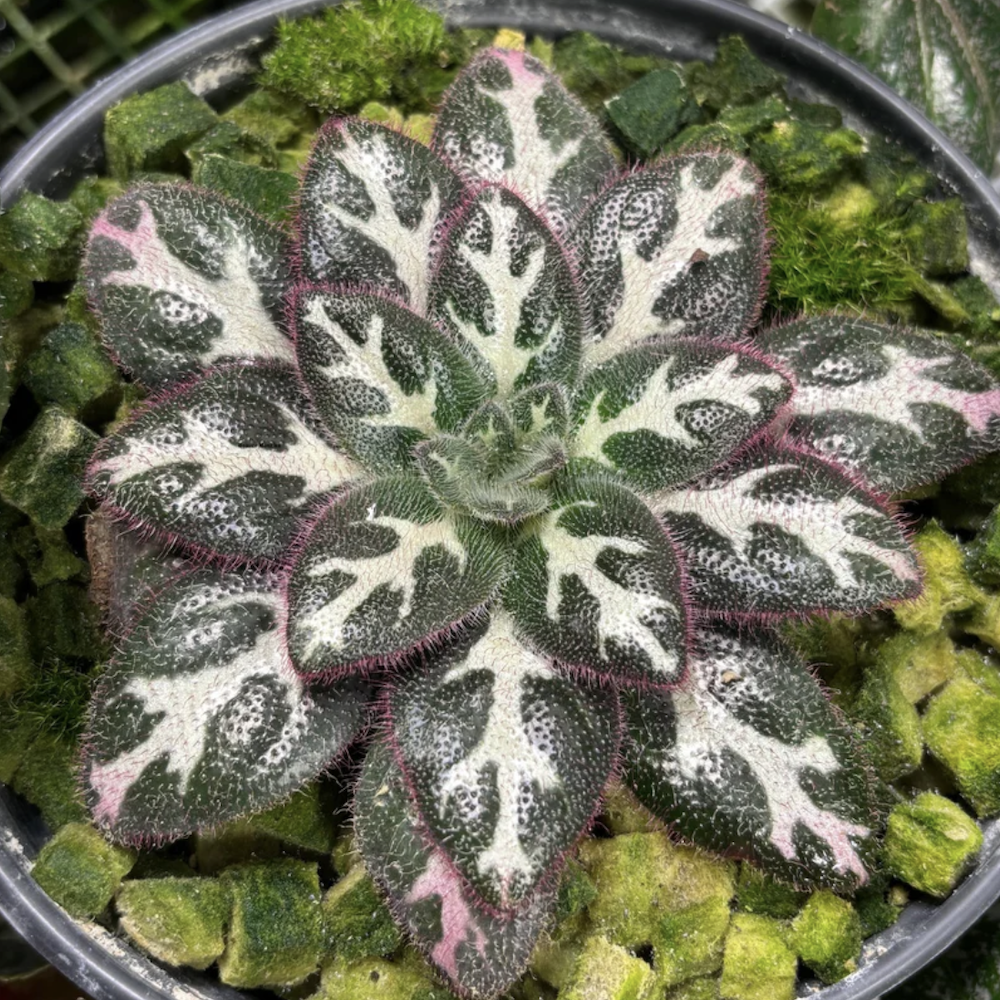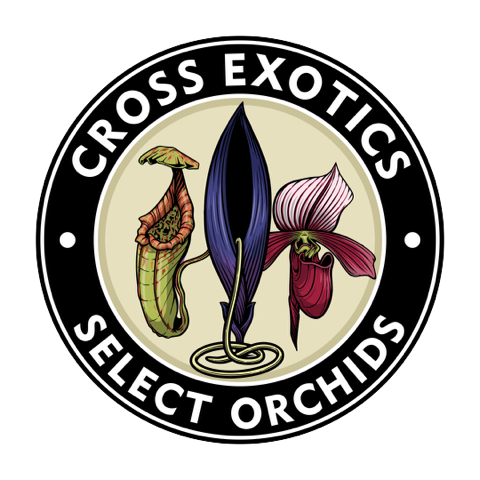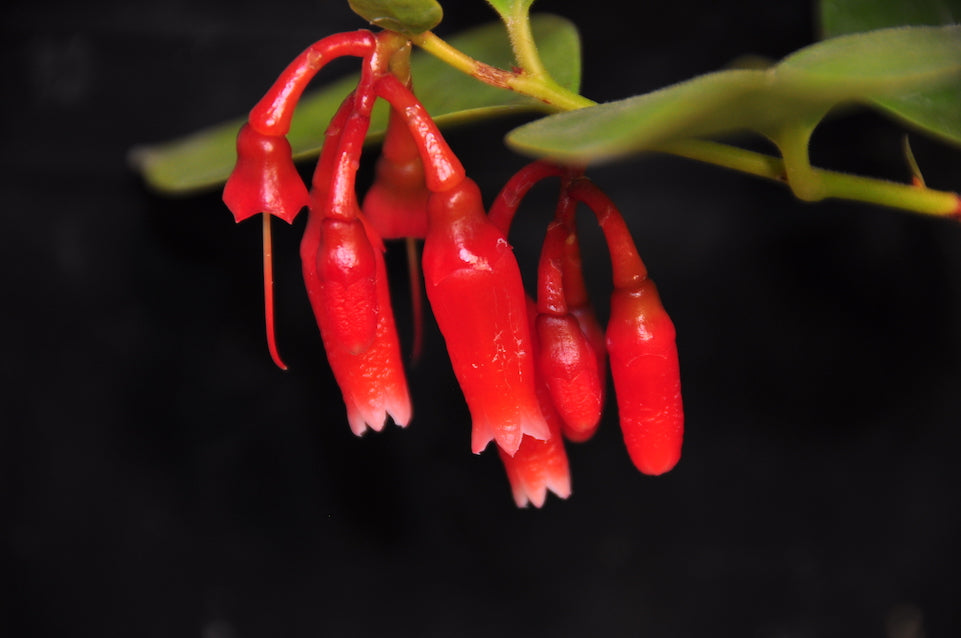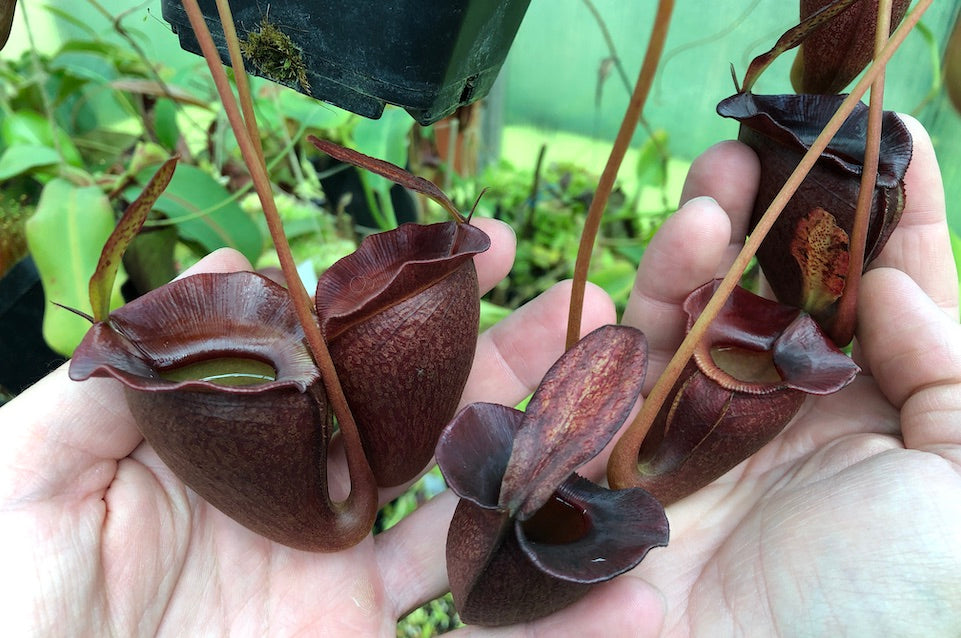Growing Brugmansia vulcanicola
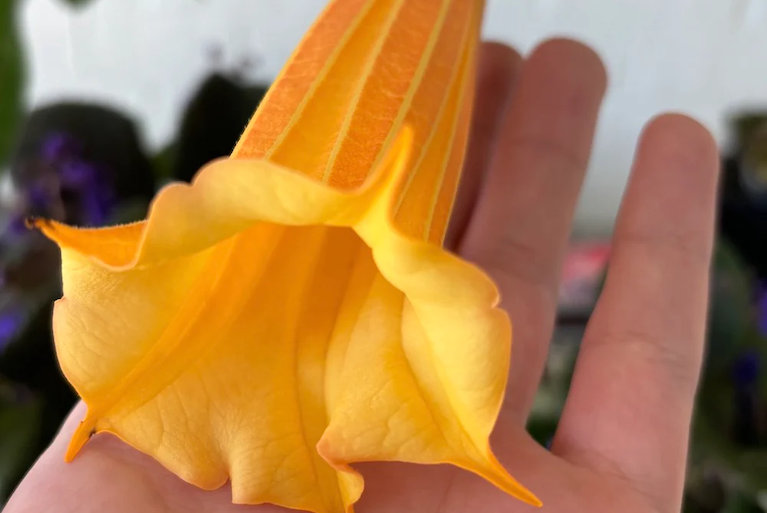

The genus Brugmansia is a wonderful group of flowering shrubs/small trees that has long been valued for their showy pendant flowers – often with a lovely aroma. As a result, numerous hybrids between the species have been made and circulated into cultivation, but for rare plant collectors it is still hard to beat the pure species… the rarer the better. Of the Brugs, the high elevation species are typically most coveted with B. vulcanicola being king. The clone we offer from cuttings is of the Southern range of the species, Zunac Ecuador.
B. vulcanicola is a very rapidly growing plant with a habit and appearance not unlike a regular tomato plant. If being cultivated in pots it is important to remember to use a large pot - around 5 gallons to get a good size plant. The root system is extremely robust and can suck all the moisture out of the substrate if given the chance, the larger pot helps prevent this from happening accidently. To grow quickly it is a heavy feeder and seems to have a wide range for fertilizer choices. However, we use a 15-5-30 fertilizer meant for bananas at a very high rate at every watering, around a teaspoon per gallon (1 gram per L). Dolomite lime is used on the soil surface to provide ample calcium, magnesium, and PH stability. During warm weather this species goes more K deficient which shows up as yellow margined old leaves that fall off - fertilizer application is doubled when this happens and the plant resumes to a normal lush green. Other times, uniformally pale old leaves that fall off is a Magnesium issue. I believe most grower's difficulty with this species especially during warm weather is entirely because of the plant starving for potassium. It is difficult to overfertilize it actually, it really is like a hungry garden tomato when in peak growth!
If growing indoors or in a UV protected greenhouse (almost all GHs block UV), it is absolutely critical to provide UV light. While not often known, many species in the Solanaceae family produce Vitamin D just like animals, which is a very rare trait in plants. As such, they require UV light to produce D3, or the leaves will begin to discolor and crinkle after a couple of weeks. This strange requirement is also true of the wild tomatoes such as Solanum habrochaites and its offspring, tomato rootstock hybrids. The UV can easily be provided via regular reptile UV bulbs. Just make sure that the bulb provides UVB in addition to UVA and position it to light up the plant along with the regular light source. This and consistent high rates of fertilization will make this species grow beautifully.
Make sure to subscribe to our newsletter for the latest updates or contact us for availability!
